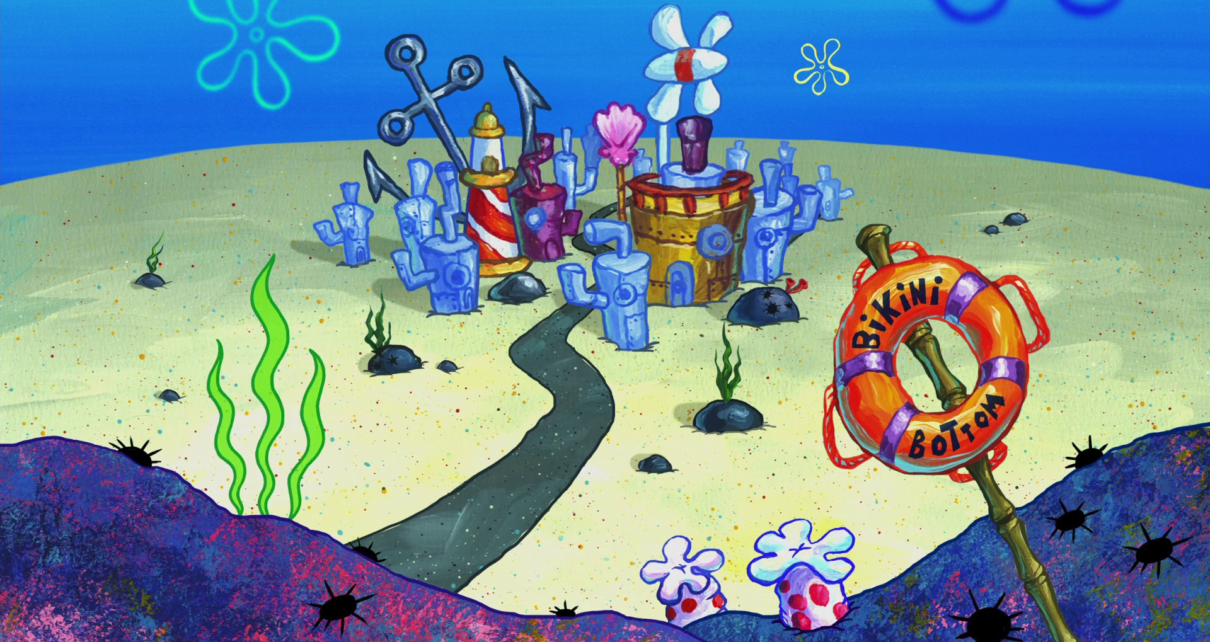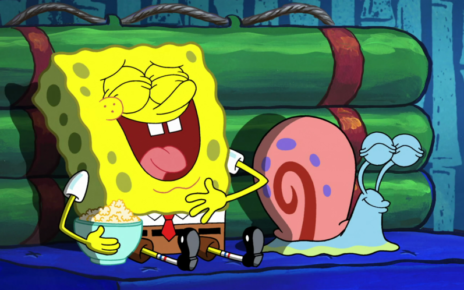It may not be completely surprising to hear that Stephen Hillenburg, creator of SpongeBob SquarePants, had an extensive background in marine biology.
After working in a national park, Hillenburg landed a job at the Orange County Marine Institute (now known as the Ocean Institute), where he spent his time as a marine biology teacher for three years.
Here are a few marine biology tidbits Hillenburg folded into SpongeBob from his past job.
SpongeBob’s Origin Story
While working at the marina, Hillenburg started a comic series to help educate the children visitors about tidal pools. Created in 1989, “The Intertidal Zone” was full of anthropomorphic characters, like co-hosts Bob the Sponge and Rocky the Shrimp. In 1994, Bob became SpongeBoy, who later became the SpongeBob we all know and love.
While Hillenburg was unsuccessful in getting “The Intertidal Zone” published as a comic book series, it inspired him to move away from marine biology into animation full time.
The French Narrator
The show’s narrator, aptly named Frenchy, is said to have been inspired by the legendary explorer and oceanographer Jacques-Yves Cousteau. He doesn’t make too many visual appearances in the show, but when he does, he’s often wearing a red beanie atop his diver’s helmet—a signature Cousteau apparel choice. In an episode where SpongeBob mimics Frenchy, he has a gray goatee also dons the red beanie.
On The SpongeBob SquarePants Movie DVD, Cousteau’s son, Jean-Michel Cousteau, makes a guest appearance in a special feature.
History of Bikini Bottom
There’s one fan theory that Bikini Bottom is the way that it is with complex sea creature characters due to nuclear testing done at Bikini Atoll, the island floating over Bikini Bottom.
It’s been said a few times in the show that Bikini Bottom is located in the Pacific Ocean among the Marshall Islands. Between 1946 and 1958, the U.S. tested 23 nuclear weapons on the air, sea, reef and underwater. So perhaps our complicated and sometimes emotional series favorites were actually the result of radiation? Who’s to say.
Nuances From Aquatic Knowledge
There are many other smaller subtleties in the series that are a result of Hillenburg’s prior experience and extensive knowledge. To name a few:
- Plankton says in “The Algae’s Always Greener” that he’s eating holographic meatloaf for dinner, which actually makes sense, seeing as plankton get their energy through photosynthesis, and holograms are projections of light.
- The King Jellyfish, who appears in “I’m Your Biggest Fanatic,” goes by Cnidaria Rex, which is his name in Latin. “Cnidaria” is the phylum for most jellyfish species, and “rex” means “king” in Latin.
- When touring Bikini Bottom, one might notice that the buildings are pieces of tin tacked together, or other pieces of garbage. Some believe this is to show how marine life uses discarded trash. Taking it a step further, the tin often looks wavy, which could be due to the tidal currents.
It may seem like SpongeBob is just a silly and memeable kid’s show, but the truth is that there are a lot of facts layered throughout. And when you consider Hillenburg’s background in teaching children about sea life and marine biology, it feels like a natural progression that gave us the show we all know and love.
Thanks for reading The Dot and Line, where we talk about animation of all kinds. Don’t forget to follow us on Twitter and sign up for our newsletter.



